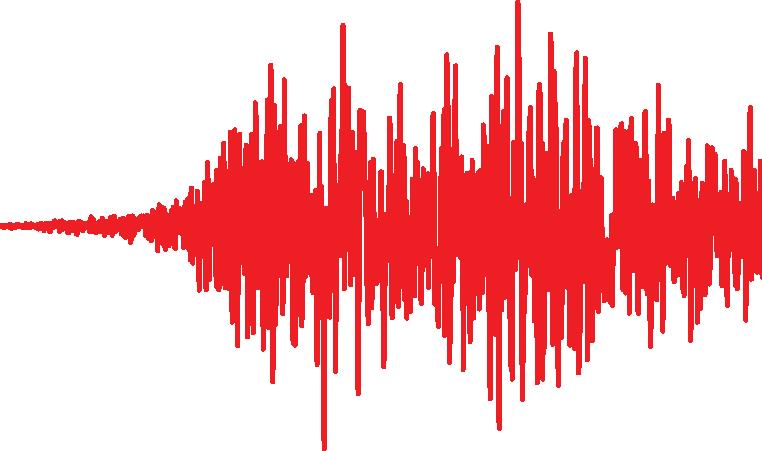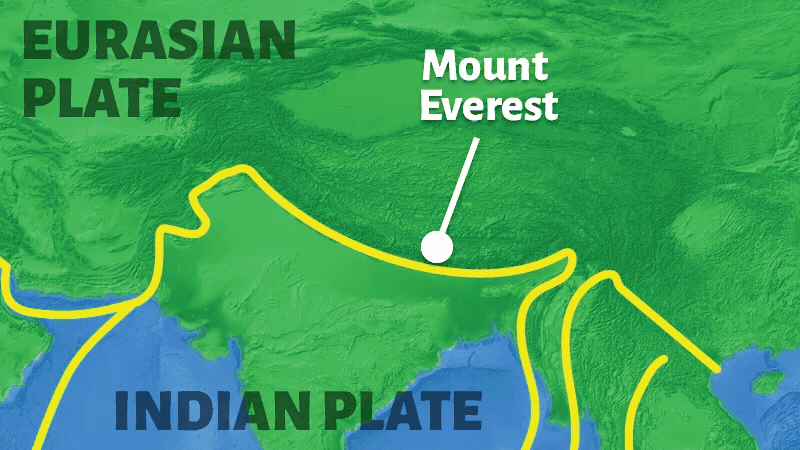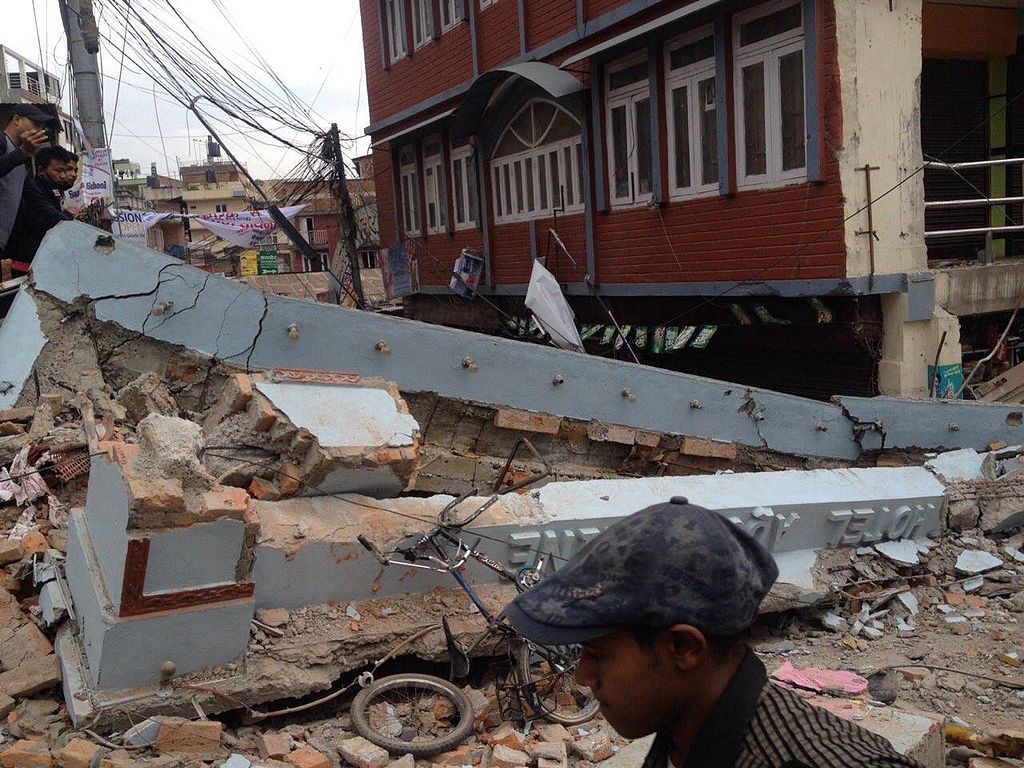Science & Technology

Western and central parts of Nepal were jolted by a 6.6ML (local magnitude) earthquake at 2:12am on Wednesday. It followed two foreshocks of 4ML or higher intensity. Over 200 aftershocks have been recorded already.
Seismologists have warned that more aftershocks are likely.
What could be even more alarming is the prediction that a much bigger earthquake – possibly bigger than 8ML – is long overdue in western Nepal. Himalayan seismologists have been warning that the Himalayan region continues to face an extraordinary risk of bigger earthquakes such as the 1934 Bihar-Nepal earthquake that measured over 8ML.
More on that a little later.
Back to the Doti earthquake. Bharat Prasad Koirala, senior division seismologist at the National Earthquake Monitoring and Research Center (NEMRC) said: “Until any new larger earthquake occurs, we classify 6.6ML earthquake as the major one - and others as foreshocks or aftershocks.”
But if any new earthquake with a higher magnitude occurs, the 6.6 ML earthquake will get classified as a foreshock.
NEMRC recorded over 200 aftershocks but only ones higher than 4ML have been listed on the NEMRC web portal to avoid “crowding of the site”.
Earthquakes underneath Himalaya

Scientists say Nepal lies in the active subduction zone, where the Indian plate is subsiding underneath the Eurasian plate. Each year, the Indian plate slides underneath the Eurasian plate at the rate of 2 to 5cm, heaving up the crust and uplifting the Himalayas.
Result? The mountains are getting taller.
That tectonic activity is responsible for the earthquakes in Nepal and other countries in the Hindukush region are facing.
The movement of massive plates towards each other develops immense friction and energy as they lock with each other. When the elasticity of the plates fails (failure to resist the movement), the plate breaks and releases energy in the form of an earthquake.
The magnitude at the epicentre of the earthquake depends on the energy released during the breakage and the depth of the happening.
Previously, Nepal suffered a major earthquake of 7.6 ML in 2015 at Gorkha. And the Nepal-Bihar earthquake of 1934, which killed around 10,000 t0 12,000 people is one of the most destructive earthquakes in modern times.
The biggest earthquake
But all these and other major earthquakes for the last 500 years in Nepal’s history have one thing in common, each one of them occurred in eastern Nepal.
The last major earthquake to have occurred in the western part of Nepal was in 1505. Western Nepal in question stretches from Dehradun in India to Gorkha in Nepal.
In 1505, a Magnitude 8.2 to 8.8 had its epicentre in Mustang in western Nepal. It claimed the lives of 6,000 people and is considered as the biggest earthquake ever recorded Nepali history, according to a research published in 2010 by Jha Madan Kumar.
As the earth’s crust moves, the energy is accumulating.
Koirala at NEMRC said: “We have seen earthquakes in western Nepal but the energy being released is not enough. These minor earthquakes aren’t enough to release the large energy that is stored.”
The 8ML earthquake rocks 10 times more than the 7ML earthquake.
“The smaller earthquakes like this are to our benefit if no casualties are caused, as these release energy stored, however little, in the tectonic collision.”
The more energy is released, the less severe the upcoming earthquake could be.
Long overdue

“It is not just western Nepal, the whole of Nepal needs to stay cautious, any major earthquake in Nepal can be disastrous to the whole of Nepal,” said Koirala, adding, “We know for sure, energy accumulation in the Western section is huge and the earthquake can come any day, so let’s stay alert.”
American seismologist Roger Bilham, who led a 2017 study on Himalayan earthquakes, has noted that only two Himalayan earthquakes in the past 500 years “ruptured to the surface, one in 1934 and another in 1950”.
He told National Geographic magazine in 2019: ““What that means is, there's a whole bunch of regions that I call ‘reservoirs of elastic energy’ that are sitting there waiting to go. Think of them as sort of a fuel pump”
He added: “The thing is, neither us nor them are able to tell you what is going to happen next. They could all occur next week, or a single [magnitude] 8.7 earthquake could occur tomorrow, or they may be delayed by another five centuries.”






